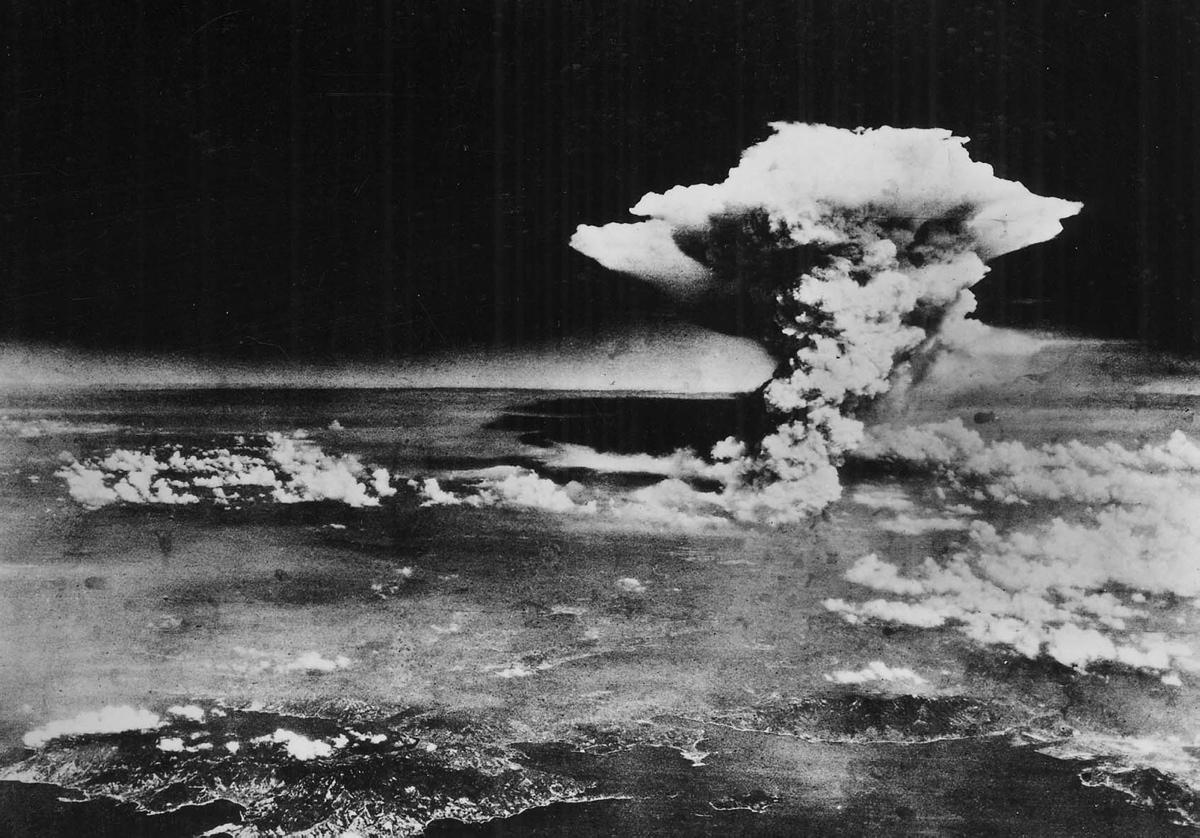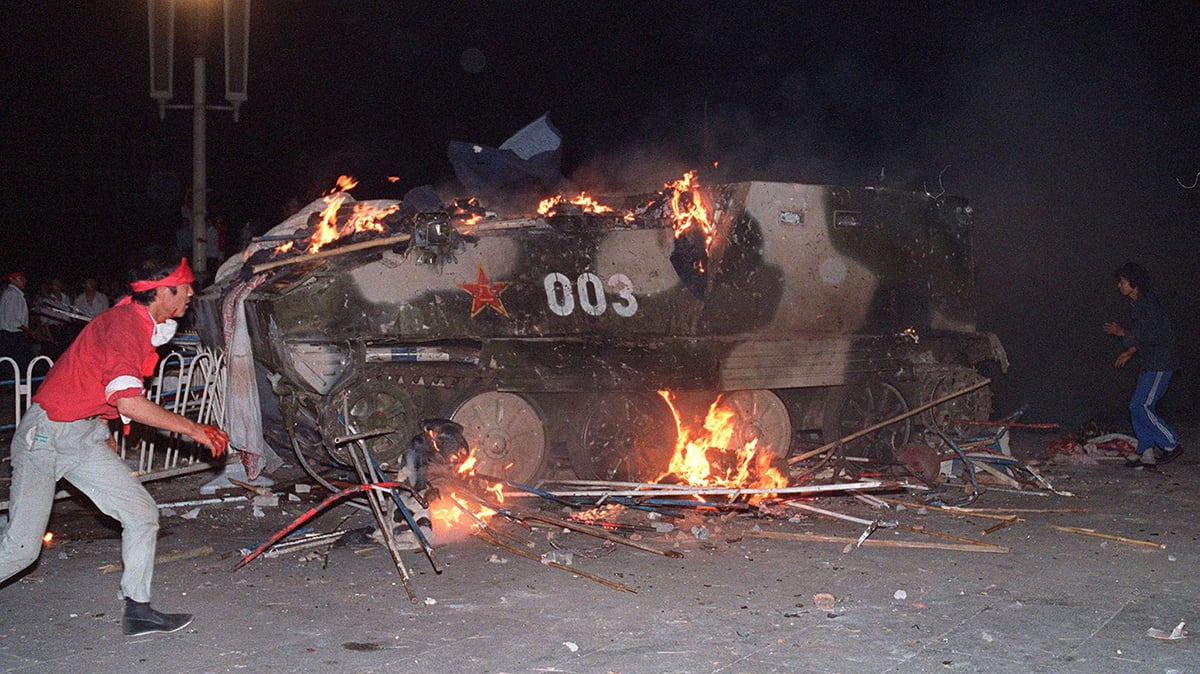The Communist Party of Nepal (Maoist) has won a landslide victory in the country’s first elections in nine years.
|
An April 10 vote was held to determine the makeup of the Constituent Assembly, which will also serve as the new government. The Constituent Assembly is scheduled to begin drafting a new constitution on May 20.
The elections and the formation of the Constituent Assembly are the result of a prolonged struggle on the part of the Nepalese people. The CPN(M) and the People’s Liberation Army—which is under the direction of the CPN(M)—led the struggle for the Constituent Assembly.
The CPN(M) won 120 out of 240 seats in the district-based first phase of the election. The Nepalese Congress, a national bourgeois party, won 37 seats. The Communist Party of Nepal (Unified Marxist-Leninist)—communist in name, but more social democratic in its political outlook—won 33 seats. The Madhesi People’s Rights Forum won 30 seats.
Another 335 seats will be awarded based on the percentage of votes won by each political party. The CPN(M) is expected to win the highest percentage of votes in the election. The government will award another 26 seats.
The CPN(M) is preparing to take over leadership of the government. Its leader, Chairman Prachanda, has announced that he will be the country’s new president. The vote for the CPN(M) reflects the widespread popularity of the Party’s program and a repudiation of the monarchy.
The party plans to implement its promise to establish a democratic republic and pursue a policy of national development and socialism. They plan to abolish the monarchy and completely dismantle the feudal system of rich land owners.
For hundreds of years, the Nepalese monarchy reigned over an officially Hindu state, which promulgated a rigid caste system based on discrimination, racism and sexism. Nepal is one of the poorest countries in the world. 30 percent of the country lives below the poverty line and the average yearly income in 2006 was $222.
In direct contrast to the monarchy, the CPN(M) has promoted a revolutionary program that includes land redistribution, an end to the caste system and equality for women and LGBT people. The CPN(M) elected 21 women to the Constituent Assembly compared to 1 in the Nepalese Congress.
The CPN(M) is hoping to continue building an anti-feudal government in coalition with pro-capitalist and social democratic parties. Such a coalition is inherently unstable since it represents class forces that have fundamentally antagonistic interests. One way to understand the essential contradiction would be to visualize cabinet meetings of a government that rested upon two parties, with one representing the unions of wage earning workers and the other representing corporate management. One side wants and needs higher wages and the other wants to cut costs, including wages and benefits, to enhance the profits of the capitalists. Such a coalition government can remain intact only so long as one of these class forces is dominant. The CPN(M) hopes to dominate the new government in Nepal.
“We will lead the government, there is not doubt about that, but we want other parties to join us in the government,” said CPN(M) leader Dinanath Sharma.
At the time of this writing, the NC and CPN(UML) had not agreed to enter the government. Both parties have suggested they may boycott the new government.
People’s struggle brings change
From 1996 to 2006, the People’s Liberation Army waged war against the monarchy and Nepal’s landed aristocracy. During this period the Royal Nepalese Army and security forces, with the king as commander-in-chief, waged a campaign of terror against the peasantry.
Altogether, 13,000 died in the civil war. Today, the CPN(M) and PLA control 80 percent of the country.
On the border of India and China, Nepal is of strategic importance to Washington. The United States has long considered the Nepaliese feudal ruling class as an important ally in the region.
During the civil war, the monarchy had the full support of India, Britain and the United States. Indian and U.S. troops supplied and supported the RNA. The CPN(M) is on the U.S. terrorist list.
In April 2006, a militant mass struggle brought King Gyanendra’s rule to an end. The struggle included an April 6 general strike and non-stop militant mass protests.
A truce in May 2006 brought an end to the civil war. Since then a commission made up of the NC, the UPN(M) and the United Nations has monitored the truce.
On June 2, 2006 a CPN(M) rally drew 500,000 people. It was the largest protest in the history of Nepal.
Since 2006, the NC, the CPN(UML) and others have been forced by the activity of the masses into progressive political agreements with the CPN(M).
In April 2007, CPN(M) members took posts in an interim government. They resigned on Sept. 18, 2007 after Prime Minister Koirala—also head of the NC—refused to agree to abolition of the monarchy.
Fearful of losing Nepal, India and the United States have decided for the time being to publicly recognize the CPN(M)’s recent electoral victory. They will plot however, to subvert, destabilize and eventually overthrow the new government. Washington seeks only puppet governments that will do their bidding.
Which way forward for Nepal?
The defeat of the monarchy is a huge step forward for Nepal. But the struggle is far from over.
The NC is demanding that the CPN(M) disband the militant Young Communist League and opposes the PLA’s merger with the RNA. The PLA has 25,000 soldiers. The CPN(M) is demanding the formation of a new, multi-class army in Nepal.
The question of the class character of the military is of the utmost importance in any political struggle. The orientation of the army is a pivotal factor in any struggle for state power. A royalist army and a people’s army have different class loyalties.
The masses of peasants and workers and the capitalist class have a shared interest in eliminating the monarchy and feudal institutions; however, the class interests of the Nepalese masses are ultimately irreconcilable with the capitalist class’s interests—represented by the NC and the CPN(UML).
The election victory can assist a revolutionary process in Nepal in so far as the CPN(M) and the people take advantage of their opponents’ setback and seize greater power, but it in no way signals the defeat of capitalist and reactionary forces in the country.






